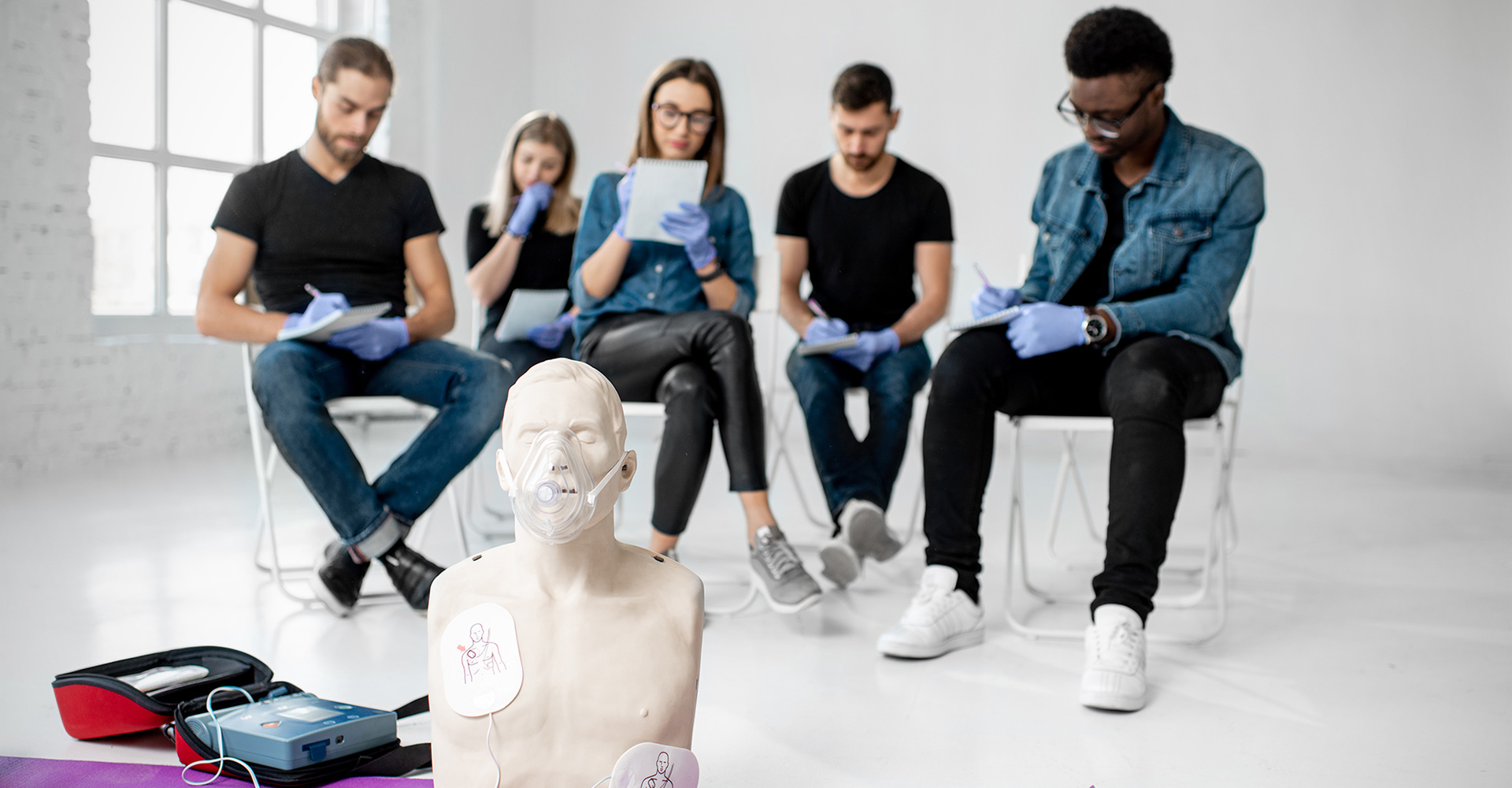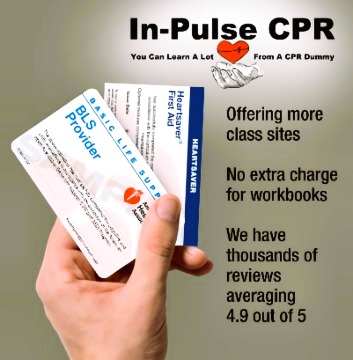Ten Important Factors To Consider Before Buying An AED
A readily, easily accessible AED is an invaluable life saving device. While the technology and functionality of an AED makes it a complex piece of life saving gear under the hood, purchasing the proper equipment for your emergency use is not as tricky as one might think. As with any important purchase, knowledge is power. Knowing what to look for in an AED is half the battle in ensuring that when disaster strikes you will be as well prepared as possible.
Here are ten important pointers, tips, and guidelines to consider before committing to purchasing an AED, in no particular order:
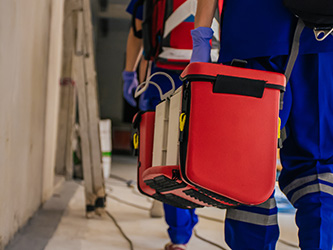
1. Sturdiness
Is your AED going to be roughly used and transported? People like fire fighters, police officers, and first responders require equipment that is able to withstand the abuse of travel and still reliably function. However, an AED that remains indoors for infrequent emergency use doesn’t need excessive padding or strength. Think about the application of your AED.
2. Weight
Will your AED remain in storage? Hanging on a wall? Frequently moved or carried? Will the people most likely using the device be able to easily lift and move it?
3. Simplicity
Will your device be used by trained professionals or will it be designated for public use? Keep in mind the kind of person who may be using the AED and consider that they will be using it in a stressful situation that they may not be at all accustomed to.
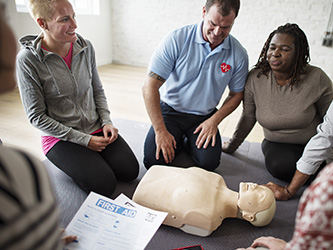
4. CPR/AED Training
Remember that a life saving device is only as powerful as one’s knowledge and ability to use it properly. Training and certification is paramount to effective use!
5: Fully-automatic or semi-automatic shock delivery
Some AED’s delivery a shock immediately upon charge and others require the pressing of a button to trigger them. It’s important to decide which method of shock delivery you are most comfortable with.
6: ECG readout
There are AEDs available with advanced ECG displays and functionality. These are of most value to emergency responders and health professionals whereas a public use machine may not require these additional options.
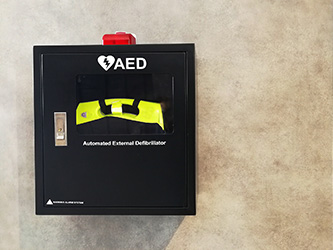
7. Weatherproofing
What will the environment where the AED remains be like? Dry and dusty? Humid and damp? Consider the conditions the unit will spend its time in and look into a model that is able to resist adverse climate conditions.
8. Price
Not all AEDs are created equal and, like with most products, a cheaper unit will most likely not carry the same reliable functionality of a more expensive one. However, the most expensive device may not be the one best suited to your specific needs. Keep all other factors in mind while shopping.
9: Reviews
Check user and industry reviews for any AEDs you are interested in. See how they stack up to each other and try to find reviews that target the intended application of your unit (ie: public use, outdoor storage, portability, etc).
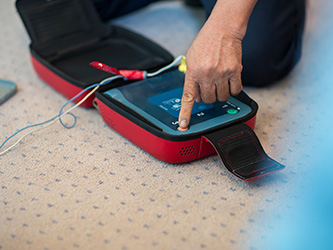
10. Visual and voice prompts
While all AEDs are equipped with audio prompts, some also feature visual displays. This may be crucial if your unit is going to be used in loud, busy environments or could possibly be used by someone with impaired hearing.



